 Kabul, 22 Ramadan 1434/30 July 2013 (MINA) – The U.S. ambassador to Afghanistan James Cunningham on Monday urgent the bilateral security agreement between Kabul and Washington is finalized by the month of October this year.
Kabul, 22 Ramadan 1434/30 July 2013 (MINA) – The U.S. ambassador to Afghanistan James Cunningham on Monday urgent the bilateral security agreement between Kabul and Washington is finalized by the month of October this year.
Speaking during a press conference in capital Kabul, the U.S. ambassador James Cunningham said both Kabul and Washington is committed to sign the bilater security agreement, despite incorrect information was broadcasted regarding the agreement recently, the Khaama Press quoted by Mi’raj News Agency (MINA) as reporting.
U.S. officials are continously insisting to finalize the security agreement as soon as possible, despite the Afghan government has downplayed the deadline and said that Kabul is not in a position to hurry for signing the bilateral security agreement.
Meantime, Cunningham said that security cooperation and presence of U.S. troops in Afghanistan beyond 2014 is directly linked with the bilateral security agreement between the two nations.
Also Read: Former Iranian Diplomat Says Afghan Migrants Not Linked to ‘Enemy Spies’
The ambassador insisted that in the event that the bilateral security agreement was not signed, then it will have a direct impact on security cooperation and presence of U.S. troops beyond 2014.
He also said that efforts have been put in place to resume stalled talks on the fourth phase of the bilateral security agreement.
Cunninham also added that the bilateral security agreement once signed will pave the way for several other agreements between other NATO member countries and the Afghan government.
War in Afghanistan
Also Read: “Rohingya Youth Killed by Landmine While Delivering Food to AA Militants”
The War in Afghanistan (2001–present) refers to the intervention in the Afghan Civil War by the United States and its allies, following the terrorist attacks of September 11, 2001, to dismantle Al-Qaeda, the Islamic terrorist organization led by Osama bin Laden and to remove from power the Taliban, an Islamic fundamentalist regime led by Mullah Mohammed Omar, which at the time controlled 90% of Afghanistan and hosted Al-Qaeda leadership.
U.S. President George W. Bush demanded that the Taliban hand over bin Laden and al-Qaeda leadership which was supporting the Taliban in its war with the Northern Alliance. The Taliban recommended that bin Laden leave the country but declined to extradite him without evidence of his involvement in the 9/11 attacks. The United States refused to negotiate and launched Operation Enduring Freedom on 7 October 2001 with the United Kingdom, later joined by Russia, France, Australia, Canada, Poland, Germany and other mainly western allies, to attack the Taliban and Al-Qaeda forces in conjunction with the Northern Alliance.
The U.S. and its allies quickly drove the Taliban from power and captured all major cities and towns in the country. Many Al Qaeda and Taliban leaders escaped to neighboring Pakistan or retreated to rural or remote mountainous regions. In December 2001, the U.N. Security Council established the International Security Assistance Force (ISAF), to oversee security in the country and train the Afghan National Army.
At the Bonn Conference in December 2001, Hamid Karzai was selected to head the Afghan Interim Administration, which after a loya jirga in Kabul in June 2002, became the Afghan Transitional Administration. In the popular elections of 2004, Karzai was elected the president of the new permanent Afghan government, the Islamic Republic of Afghanistan.
Also Read: Iran’s Defense Minister Visits China Amidst Ceasefire
In 2003, NATO assumed leadership of ISAF, included troops from 43 countries, with NATO members providing the core of the force. Only a portion of U.S. forces in Afghanistan operate under NATO command; the rest remained under direct American command. Mullah Omar reorganized the Taliban movement and launched the insurgency against the Afghan government and ISAF forces in the spring of 2003.
Though vastly outgunned and outnumbered by NATO forces and the Afghan National Army, the Taliban and its allies, most notably the Haqqani Network and Hezb-e-Islami Gulbuddin, have waged asymmetric warfare with guerilla raids and ambushes in the countryside, suicide attacks against urban targets, and turncoat killings against coalition forces. The Taliban exploited the weak administration of the Afghan government, among the most corrupt in the world, to reassert influence across rural areas of southern and eastern Afghanistan. NATO countries responded in 2006 by increasing troops for operations to “clear and hold” villages and “nation building” projects to “win hearts and minds”.
While NATO forces continued to battle the Taliban insurgency, the war expanded into the tribal areas of neighboring North-West Pakistan. In 2004, the Pakistani Army began to clash with local tribes hosting Al-Qaeda and Taliban forces. The U.S. military began to launch air strikes and then drone strikes into the region, targeting at first Al-Qaeda and later the local “Pakistan Taliban” leaders, which launched an insurgency in Waziristan in 2007.
Also Read: Pancasila and Religious Diplomacy Offer Global Solution for Diverse Societies: Minister of Religious
On 2 May 2011, U.S. forces killed Osama bin Laden in Abbotabad, Pakistan. On 21 May 2012 the leaders of the NATO-member countries endorsed an exit strategy for removing NATO soldiers from Afghanistan.(T/P09/P04).
Mi’raj News Agency (MINA)
Also Read: Hajj Return Reminder, Zamzam Water Not Allowed in Cabin Luggage






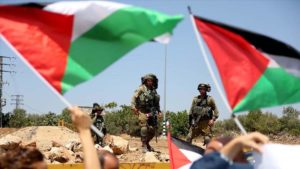
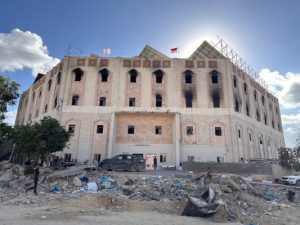

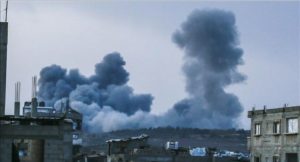







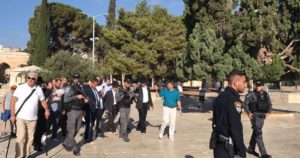
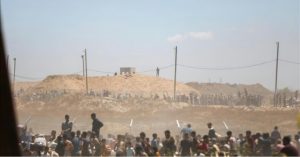
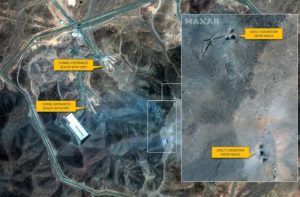
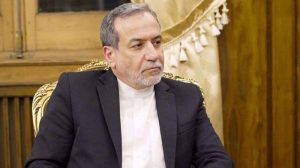
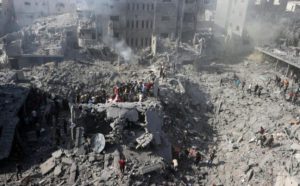

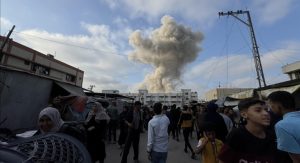






 Mina Indonesia
Mina Indonesia Mina Arabic
Mina Arabic